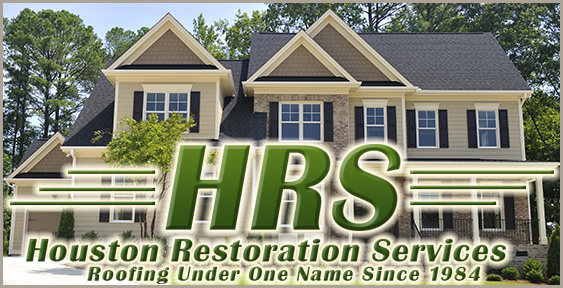
A living roof, also known as a green roof, is either partially or completely covered with vegetation. They consist of a growing medium, vegetation, water and root barriers and a drainage system. Green roofs can be installed on virtually any kind of roof, be it commercial or residential.
There are different ways to install a living roof. Each one has its pros and cons. Homeowners should consult a certified Houston roofing contractor to find out which type of living roof is best for their home. The two main types of living roofs differ mainly in the depth of the growing medium used. Intensive roofs are a minimum of 5 inches deep. Extensive roofs are anything less than that. Intensive roofs are heavier and require a different support structure than extensive ones. Because of the differing depths, each of the roofs is able to grow a different variety of plants.
Some living roofs are installed by placing the water and root barriers, drainage system, soil, and plants directly onto the roof. Others are planted in trays that can be interchanged with fresh ones should the plants need to be reseeded. Living roofs utilize a special lightweight soil. Even so, the finished product will be considerably heavy.
A roofing contractor from Houston Restoration Services of Houston would be happy to answer any question you have about commercial roofing or remodeling.
When installing a living roof, homeowners should be aware of their existing roof's load bearing capacity, otherwise the result could be a disastrous roof collapse instead of a roof top garden. This is why it is critical that professional roofers be consulted on this type of project.
The depth of the soil on the living roof limits the type and size of plants that can be grown on it. Additionally, these plants will be exposed to all the extremes that the regional climate has to offer. Typically, regional wildflowers and native grasses are used along with succulents that have been proven to thrive in the special soils used for living roofs. To find out which plants are best suited for a green roof in their area, homeowners can consult a local landscaper or their local conservation district.
After they are completed, living roofs offer a host of benefits to the homeowner and the environment. Because living roofs provide an extra layer of insulation on the roof, homeowners get to enjoy homes that are an average of 6 to 8 degrees cooler than those with traditional roofs. They also get to enjoy the plants that are on the living roof, especially if they chose to plant herbs and edible flowers. Living roofs absorb some of the water that would have become urban runoff. This means that less oily water is making it into the storm drains. Additionally, living roofs absorb the sun's energy, lessening the heat island effect and lowering the outdoor temperature.








